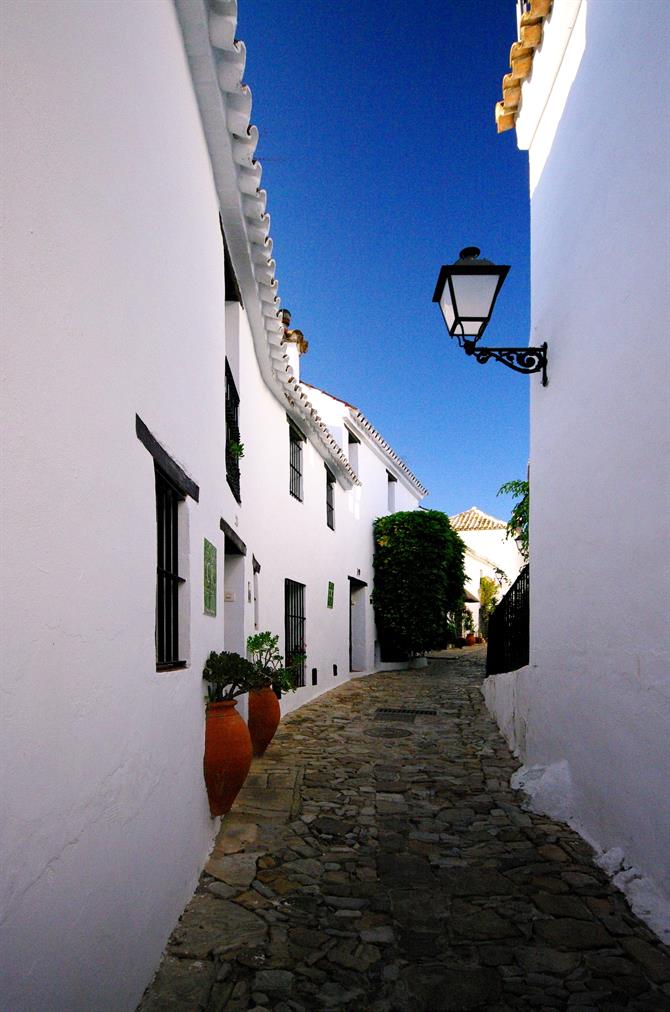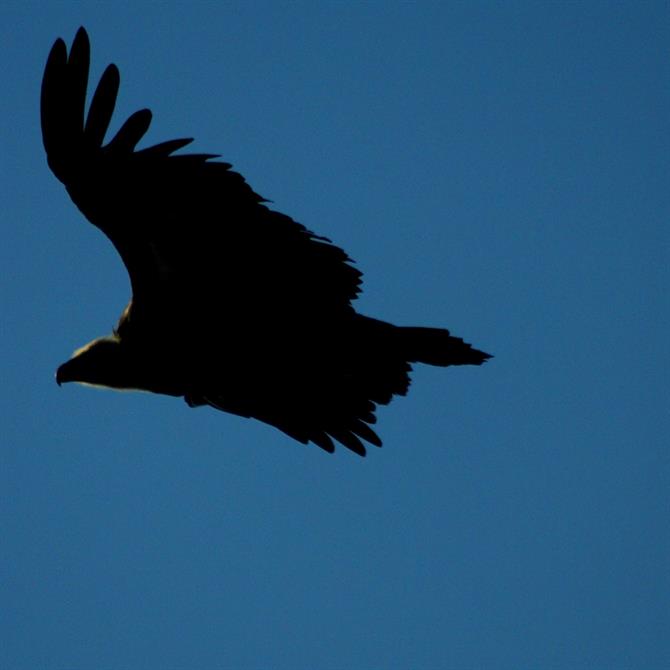The Wrong Place
As you park the car and step out, looking up at the bell tower of the Iglesia del Divino Salvador, whose brutal design makes it look like a training facility for the local fire brigade, you might ask yourself why anyone would have recommended this place to you - but that’s because, as pleasant as the little town is, you’re in the wrong place.
Pueblo Blanco
The new Castellar de la Frontera was built in 1971 to re-home the inhabitants of a mountaintop pueblo of the same name; the original stands a full 5km away as the crow flies and once you've taken the steep series of zig-zags up there and parked the car again you’ll be left in no doubt as to why you've come.Andalusia is as full of castles as it is of pueblos blancos but nowhere else are the two combined to such enchanting effect.
Castillo de Castellar
As you step away from the car and stroll towards the castle gate the location alone will impress itself upon you. The North African coast can be made out, as well as the Rock of Gibraltar and neighbouring Algeciras, 25km away.But it’s as you step inside that Castellar reveals itself –as one of the few examples in existence of a populated urban nucleus with the walls of a castle. Instead of a courtyard or arsenal, a barracks or a great hall, you will find yourself wandering the cobbled and whitewashed streets of an Andalusian white village.
A Very German Affair
The little houses and facades are remarkably well kept and there’s a restaurant with a terrace that looks out over the Parque Natural Los Alcornocales – gorgeous country covered in cork oaks and sprinkled with lakes –but the history of the little pueblo has a few surprises up its sleeve.Strolling around, a good number of the voices that drift out of the artisan workshops that line several streets are German.
Artisan Colony
The town was in fact abandoned when the option of living in the new development downhill became available in the early seventies. A number of Germans took an interest in the derelict town and built temporary homes for themselves outside the walls, later moving in and establishing something of an artist colony. A more general re-population followed and in 2012 the town reported a population of about 3000.
Wildlife
So the cycle of change continues right into living memory; it’s doubtful that either the Moorish builders of this place or its Christian conquerors could have foreseen that German would be so commonly spoken in its streets, now adorned with paintings, ceramics and other crafts. There’s a lovers balcony from which to look out over the lake and forests below and, because of the town’s altitude, all kinds of birds-of-prey can be seen at eye level or very low overhead. The park is rich in bird and animal life.
The Zoo
Downhill in the more mundane setting of the new town – or rather just outside it – the wildlife theme continues and Castellar reveals its other secret. Not everybody enjoys zoos these days but few would have any reservations about an animal rescue centre. The Zoo de Castellar is both;founded in 1998 as a private shelter it finally opened its doors to the public in 2002 in a bid to raise funds.It receives no government funding and relies entirely on the entrance fee it charges visitors.
The Rescue Centre
Over 80% of the animals here are victims of the illegal animal trade, seized by the Spanish authorities and given a new lease of life in Castellar – there are tigers, an albino porcupine, pigs ,hyenas, honey bears, macaques, Barbary apes and many more species. The zoo isn’t as large as it would like to be and many of the enclosures are relatively small. But considering the alternative for many of these animals it’s a happy place.
A Cádiz Gem
Well worth a short drive away from the Costa del Sol, on the A369 near San Roque, and the few euros that will help this place continue its important work. On the way there or back, a visit to the Castillo de Castellar will acquaint you with one of Andalusia’s most unique pueblos blancos.
Images Copyright Robin Graham 2013




